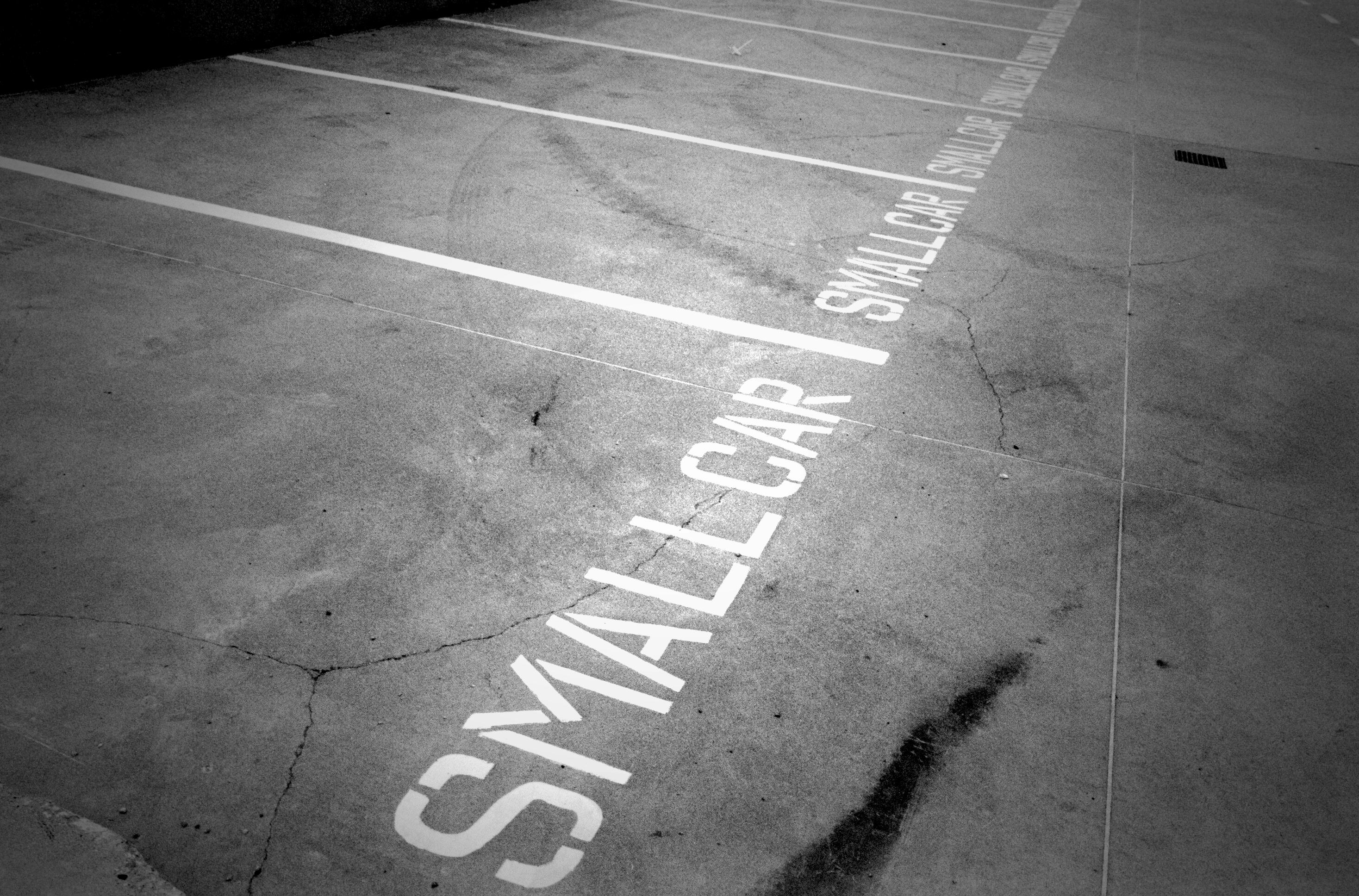Why Are Parking Spaces In The UK So Narrow?
Parking lots are designed with a view of maintaining a balance between capacity and efficiency. Well-designed lots not only facilitate navigation through the bays but also provide optimal usage of the available space. With the passing decades, cars in the UK seem to have outgrown the parking spaces.
In the United Kingdom, the standard dimensions of a parking bay are 4.8m × 2.4m, suitable for an average-sized British car from the ‘70s. Today, they are no longer enough to hold the burgeoning population of vehicles.
Reasons for smaller parking spaces in the UK
- Bigger cars – Newly designed cars are bigger and bulkier as compared to those manufactured in the ’60s and ’70s. Recent additions to the skeleton of the car – side airbags, soundproofing, comfort fittings, and design components – add to it. A small family car now is comparable to a large family car back then. There is also a steady increase in the size of minivans. Popular car brands of the 21st century such as BMW, Audi, Landrover, etc. manufacture cars that are bigger. This upgrade in the size and utility leads to the perception that the parking bays are getting smaller.
- Limited space – The United Kingdom is a relatively small region. Geographically, the UK roughly covers around 24 Mkm² of land. The country does a good job of using this space efficiently to serve a population of 6.6 crores. Due to this limited space, parking spaces had reached their saturation point during the ’70s itself
- Skilled drivers – UK countrymen have impeccable driving skills. Their driving tests are hard to pass. The tests involve tasks such as perfect parallel parking – well-centered and 4 inches from the curb. Hard tests lead to well-skilled drivers. Maneuvering the narrow spaces does not seem to be a ginormous task to them.
Also read: London To Charge Parking Based on Emissions
Solutions
Though parking in narrow spaces is a feasible task, getting in and out of the automobiles after parking seems to be the major problem. Doors don’t open without scraping neighboring cars which results in scratches on the exterior paint. To put an end to such problems, employ –
- Double white lines: Marking double white lines on each side of the bay with a foot in between makes ample space for parking and also allows easy access to the automobile. The problem of parking dents and scratches is nullified. However, it is not the most efficient use of space.
- The “Herringbone” Pattern – 90° or 45°? Angular parking definitely has an edge over straight parking spaces, both in terms of proper utilization of space and convenience, as was discovered by David Percy, a Salford University professor. But controversies regarding which angle would be superior – 90° or 45° have also been resolved. According to Percy, parking at an angle of 45° towards the flow of traffic was a better space saver (saving a generous 23% more space). The calculations are based on the simple definition of parking space – which is not limited to the rectangle in which the car is to be parked but also involves the area required to move into that rectangle.
So, the bottom line is: It’s not that parking spaces in the UK are narrow but that the cars have gotten bigger and when it comes to saving space, angular parking at an angle of 45° seems to be the best way. The development of smart technology to help drivers fit into smaller spaces is underway.

